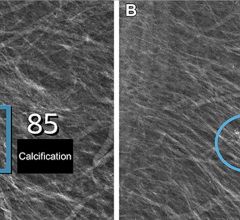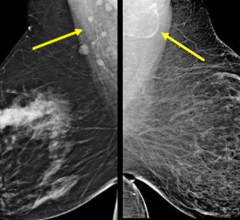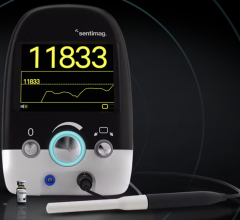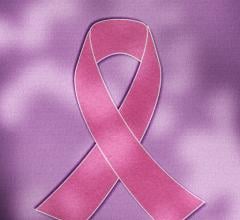March 20, 2007 - Picis Inc. announced the third release of its Total Perioperative Automation suite, the complete integration of surgical scheduling, supply chain management, revenue management and clinical workflow automation for surgeons, OR nurses, department managers and anesthesia providers. The release, consisting of more than 125 new features and 1,100 individual requirements to CareSuite perioperative applications, helps to further enhance hospital revenues and productivity, improve supply chain management and support Joint Commission reporting requirements.
The software provides the information needed to help hospitals improve patient care, reduce costs, maximize resources and analyze the costs of high-acuity care delivery. Highlights of this version include:
New Supply Chain Features - Integrated and comprehensive bar coding helps nurses to easily document bar coded items in the surgical record using various labeling techniques by different vendors.
Enhanced Tissue and Implant Tracking - In response to new Joint Commission standards for the storage, distribution, documentation and adverse event investigation of transplants and tissue implants, Picis offers enhancements to meet these reporting requirements. Hospitals can now automatically track tissue implants from receipt through final disposition, allowing for easier identification and sorting, and improved efficiency. In addition, new functionality supports precise definition of all instrument trays, custom packs and implant kits for simplified tracking of supplies used and billable costs.
Enhanced Interoperability - Picis' perioperative application continues to be the only solution in the industry in which all components are integrated by one vendor with no third-party components. Key data elements and case milestones are shared immediately across all Picis perioperative modules.
Improved Anesthesia and PACU features: By integrating anesthesia billing information with external billing systems, Picis provides one central record for patient care and billing. This eliminates redundant data collection and the need to create a separate billing record. This helps hospital staff quickly and accurately identify and correct missing data, improve the timeliness of billing and reduce the risk of lost revenue.


 July 29, 2024
July 29, 2024 








